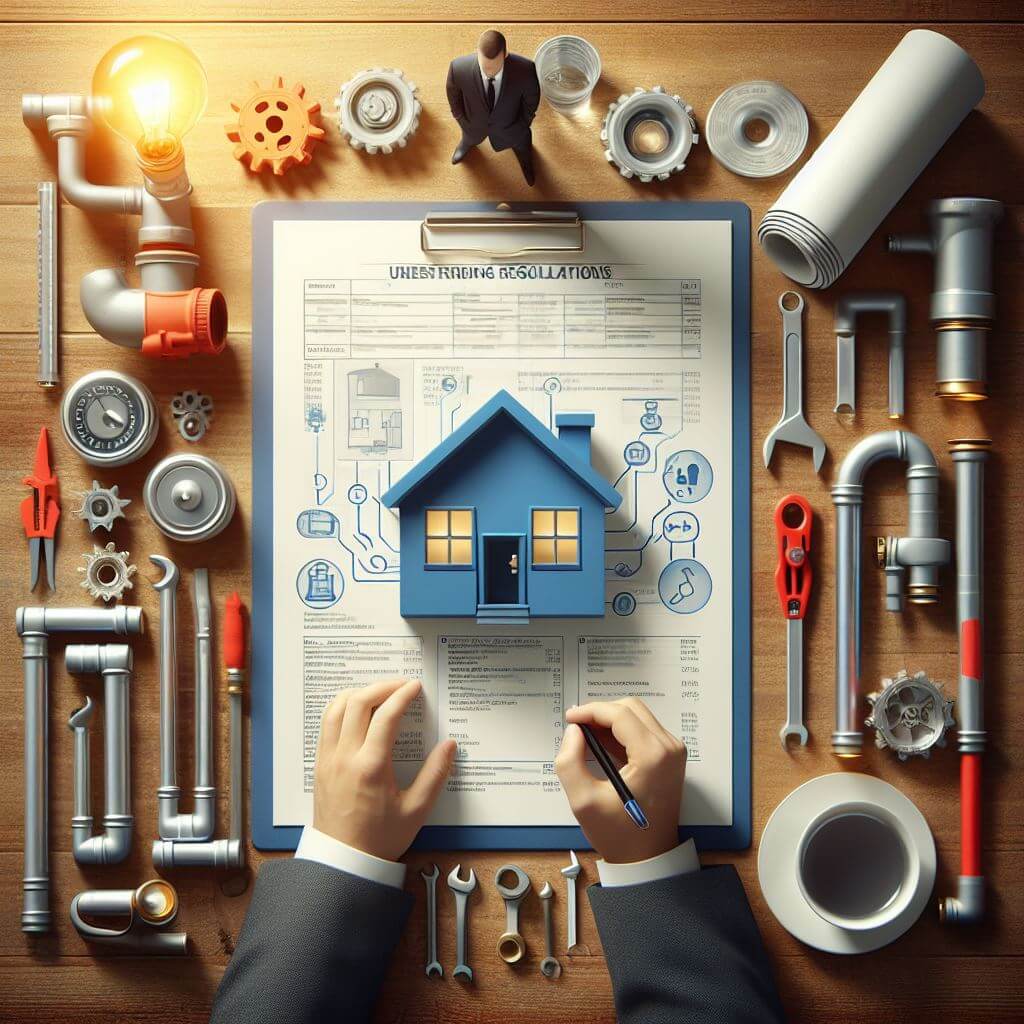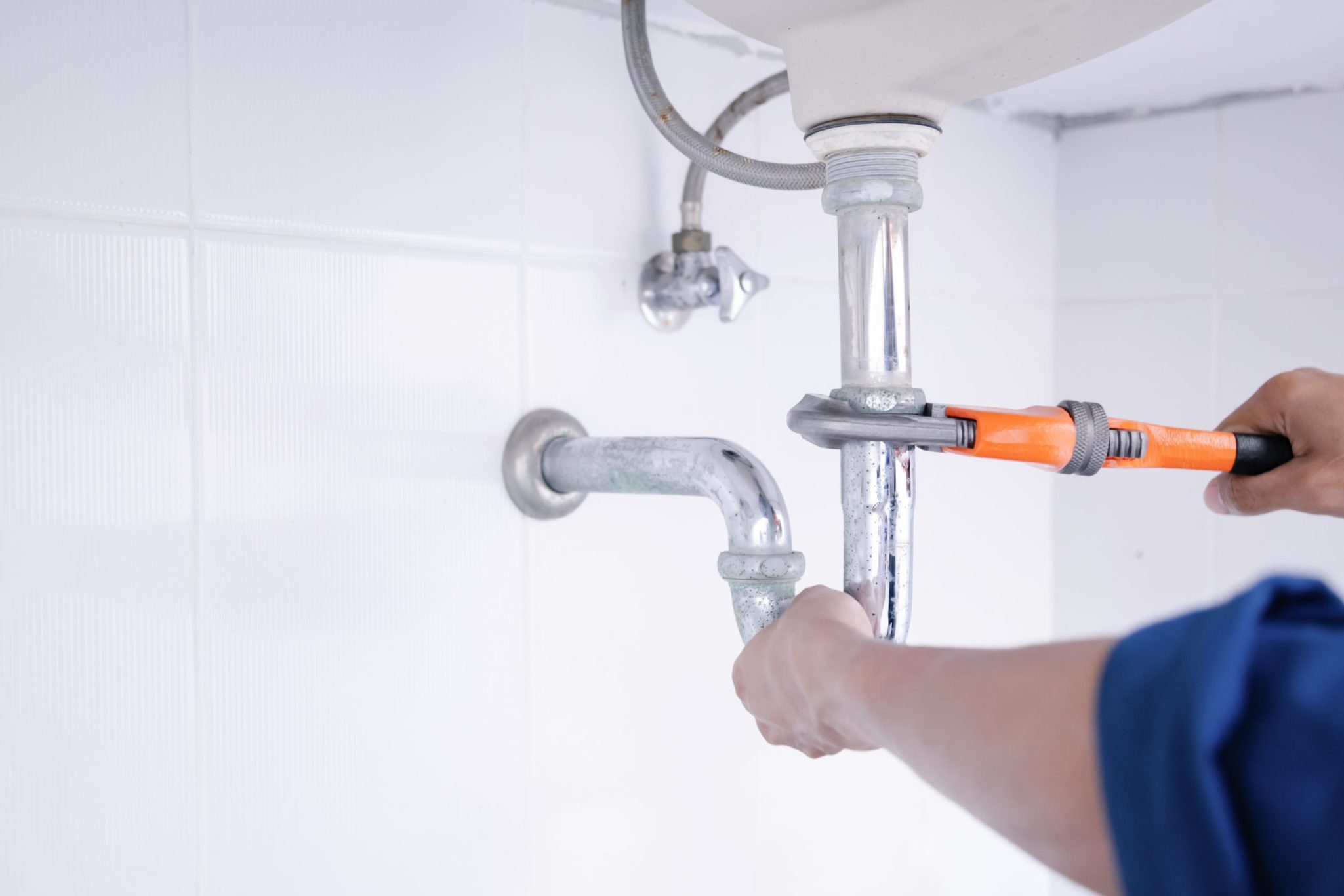Unraveling the Fundamentals of Home Plumbing: A Beginner's Manual
Unraveling the Fundamentals of Home Plumbing: A Beginner's Manual
Blog Article
The content following next pertaining to How Does the Plumbing Work in Your Home? is seriously informative. Check it out yourself and see what you think of it.

Plumbing is a necessary facet of any type of home, in charge of supplying tidy water for alcohol consumption, cooking, and bathing, as well as getting rid of wastewater safely. Recognizing the essentials of home plumbing is vital for every homeowner to make sure proper upkeep, troubleshooting, and, if needed, repair work. In this newbie's overview, we'll cover the fundamental principles of home plumbing to help you become a lot more acquainted with how it works.
Water System
The water system brings tidy water right into your home from a community water source or a personal well. It includes a main water line that attaches to your home's plumbing system, normally located underground. A water meter gauges the amount of water eaten, while a shut-off valve permits you to manage the flow of water right into your home.
Plumbing Fixtures
Plumbing components are tools that deliver water to different parts of your home and include sinks, taps, toilets, showers, tubs, and devices such as dishwashing machines and cleaning devices. Each fixture is attached to the supply of water system using pipes and installations and might have its shut-off valve for upkeep or emergencies.
Water Heater
The water heater is responsible for heating water for residential use, including showering, food preparation, and cleaning. Typical sorts of hot water heater consist of tank-type water heaters, tankless (on-demand) water heaters, and heatpump hot water heater. The hot water heater is connected to the water system system and supplies hot water to plumbing components as needed.
Drainage System
The drain system gets rid of wastewater from your home and carries it away to a sewage treatment facility or septic system. It contains a network of pipes, installations, and components that transport wastewater from plumbing fixtures to the main sewer line or sewage-disposal tank. Appropriate water drainage is essential to avoid blockages, back-ups, and sewage leaks.
Ventilation System
The air flow system aids keep correct atmospheric pressure and stop sewage system gases from entering your home. Air vent pipelines, additionally called air vent heaps, expand from plumbing components to the roof covering, enabling drain gases to leave safely outside. Ventilation pipes also permit air to get in the water drainage system, promoting smooth wastewater flow and avoiding suction or vacuum effects.
Common Plumbing Devices
Having the right devices handy is necessary for doing fundamental plumbing repairs and upkeep jobs. Typical plumbing tools consist of flexible wrenches, pipe wrenches, pliers, pipe cutters, hacksaws, bettors, augers (or drainpipe serpents), and Teflon tape. Having these devices easily available can aid you take on minor plumbing issues successfully.
Standard Plumbing Repair Services
While some plumbing repair services may call for specialist support, many common issues can be resolved with basic DIY techniques. Understanding exactly how to deal with a dripping tap, unclog a drainpipe, replace a bathroom flapper, or repair a trickling showerhead can conserve you time and money on plumbing repair services.
Verdict
Comprehending the essentials of home plumbing is necessary for every home owner to preserve a risk-free, useful, and reliable plumbing system. By familiarizing yourself with the water supply system, plumbing fixtures, drain system, ventilation system, typical plumbing tools, and basic fixings, you can with confidence address minor plumbing issues and guarantee your home's plumbing system runs smoothly.
Plumbing for Beginners: A Comprehensive Guide
If you’re a beginner when it comes to plumbing, don’t worry; you’re not alone. Plumbing may seem intimidating, but with the right knowledge and a little practice, you can handle many common plumbing issues on your own. In this comprehensive guide, we will demystify the world of plumbing for beginners, providing you with the basic knowledge and skills needed to tackle common plumbing problems and even take on some DIY plumbing projects.
The Importance of Basic Plumbing Knowledge for Beginners:
First and foremost, basic plumbing knowledge gives you a solid foundation. It helps you grasp the key concepts and terminology that are essential in this field. By learning the basics, you’ll be able to build upon that knowledge and tackle more complex plumbing tasks in the future.
Having a basic understanding of plumbing also enables you to handle common issues that may arise in your home. Picture this: a leaky faucet or a clogged drain. With some basic plumbing knowledge, you’ll have the confidence to troubleshoot and fix these problems on your own. It saves you from unnecessary expenses and the hassle of waiting for a professional to arrive.
As a beginner, learning the basics of plumbing empowers you to take care of your own home. It gives you a sense of independence and self-reliance. You’ll no longer have to rely solely on professionals for every small issue that pops up. Instead, you can handle many tasks yourself, saving time and money in the process.
Remember, everyone starts as a beginner. Embrace the learning process and take small steps to expand your plumbing knowledge. There are plenty of online resources, tutorials, and even local workshops that talk about plumbing for beginners.
Essential Tools for Plumbing for Beginners
As you start your plumbing journey, having the right tools in your toolbox is crucial. Let’s explore some of the must-have tools:
Adjustable Wrench:
This versatile tool is a staple in any plumber’s toolbox. It allows you to tighten or loosen nuts and bolts of various sizes. Make sure to have an adjustable wrench with a comfortable grip.
Pipe Wrench:
A pipe wrench is specifically designed for gripping and turning pipes. It has serrated jaws that provide a strong grip, making it easier to loosen or tighten threaded pipes and fittings.
Plunger:
The plunger is a simple yet effective tool for clearing clogged drains and toilets. It creates suction when you push and pull, helping to dislodge blockages. Keep a good-quality plunger handy for those unexpected clogs.
Pipe Cutter:
When it comes to cutting pipes, a pipe cutter is your go-to tool. It creates clean, precise cuts without damaging the pipe. Look for a pipe cutter that can handle the pipe sizes you’re working with.
Hacksaw:
A hacksaw is useful for cutting through pipes, screws, and other materials. It’s a versatile tool that can handle different cutting tasks. Remember to use a blade suitable for cutting metal.
Tape Measure:
Accurate measurements are crucial in plumbing. A tape measure allows you to measure pipe lengths, distances, and dimensions accurately. Opt for a sturdy tape measure that extends a good length.
Pliers:
Pliers come in handy for various tasks, such as gripping, bending, and cutting. Slip-joint pliers with adjustable jaws are great for gripping pipes, nuts, and bolts.

As a person who reads about What to Know About Plumbing: Basics, Tips, and Insights, I was thinking sharing that piece of content was essential. Make sure you take the time to distribute this blog entry if you appreciated it. I truly appreciate your readership.
Start Now Report this page